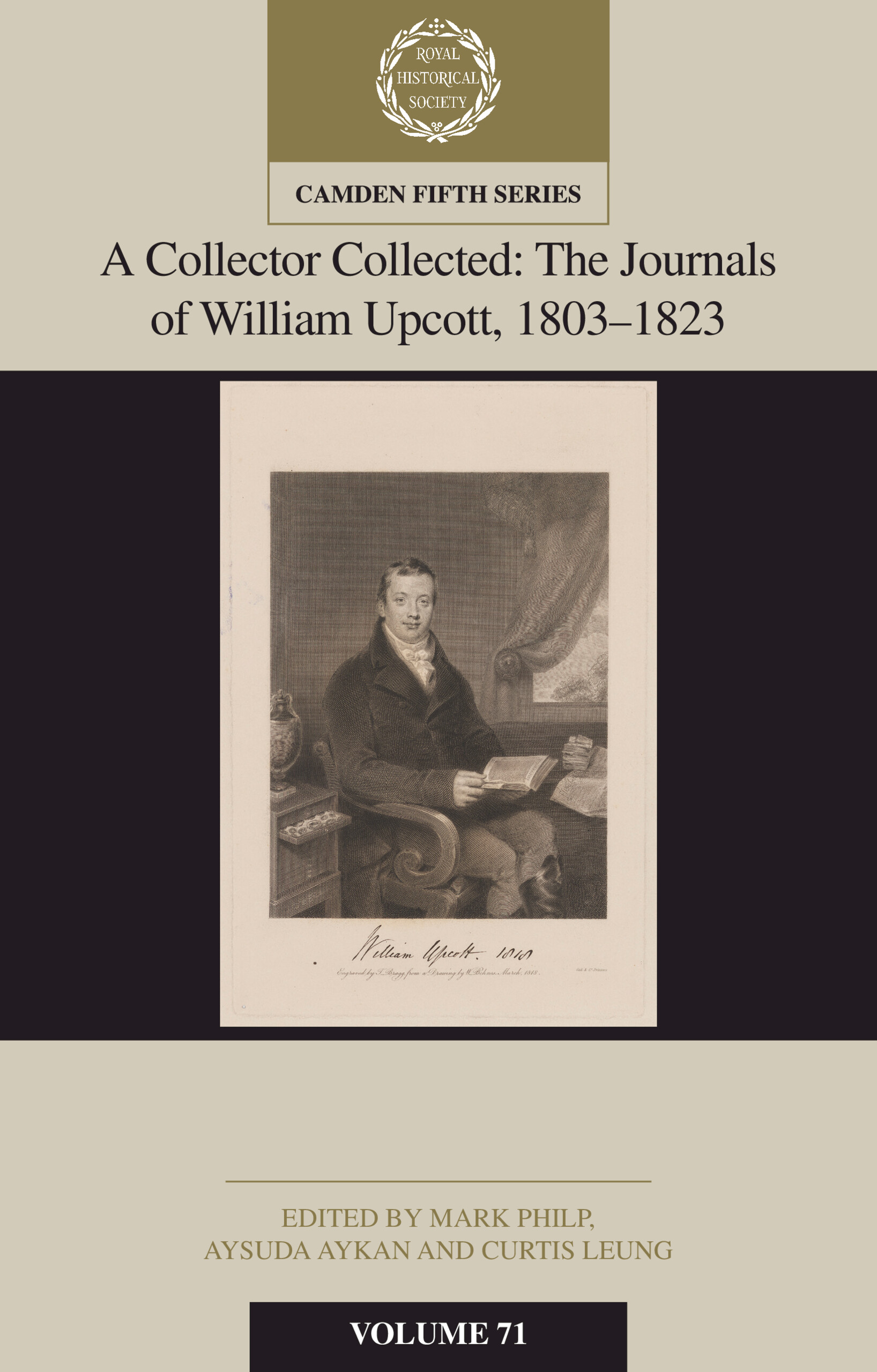No CrossRef data available.
Article contents
SECTION G: NEW ZEALAND
Published online by Cambridge University Press: 29 December 2014
Extract
Letter to the Governor-General of New Zealand, 2 November 1957
- Type
- Research Article
- Information
- Royal Historical Society Camden Fifth Series , Volume 46: CONSTITUTION-MAKER: SELECTED WRITINGS OF SIR IVOR JENNINGS , December 2014 , pp. 125 - 127
- Copyright
- Copyright © Royal Historical Society 2014
References
1 Charles Lyttelton, 10th Viscount Cobham; Governor-General of New Zealand, 1957–1962.
2 Ramsay MacDonald became the first Labour Prime Minister of Britain in January 1924 and headed a minority administration with Liberal Party support against the claims of the Conservative Party, which was the biggest party in the House of Commons. This unstable situation did not last long and MacDonald's administration fell after the October 1924 general election.
3 There were two elections held in 1910, first in January and then in December, which instead of breaking the parliamentary deadlock between the Liberal and Conservative Parties actually continued it.
4 Jennings is referring to Lord Byng, who was Governor-General of Canada during the 1926 constitutional crisis, when he refused Prime Minister William Mackenzie King a dissolution since the Governor-General believed that, as Arthur Meighen's Conservative Party was the biggest party in parliament, they should be given the opportunity to form a government. King resigned and Meighen assured the Governor-General that he could form a stable administration. However, he was unsuccessful in this task and in turn requested and was granted a dissolution from Byng. The subsequent election returned King's party to power and brought into question the Governor-General's powers and previous decisions. The episode remains one of the most controversial constitutional episodes in the Commonwealth.


